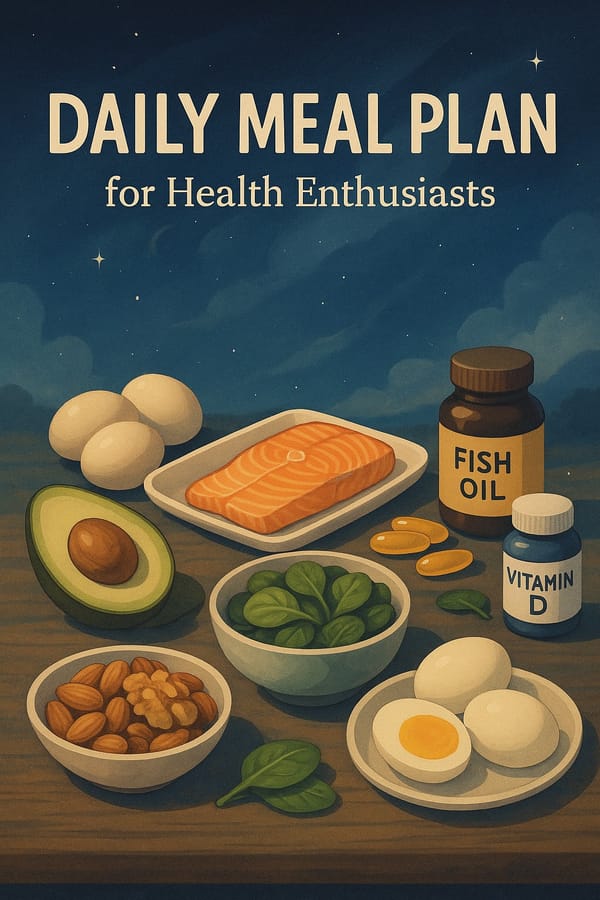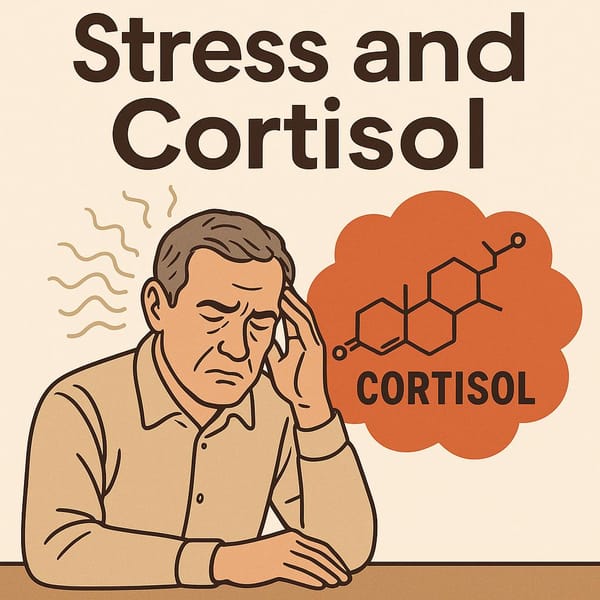ATP: The Tiny Molecule That Powers Athletes and Fitness Enthusiasts

Introduction: Have you ever wondered what enables your body to run, jump, or lift weights? The answer lies in "ATP" or "Adenosine Triphosphate," one of the smallest yet most vital molecules in the human body. It is the primary energy source that drives every movement, from the tiniest twitch to the most intense exertion. Whether you're an athlete or a fitness enthusiast, ATP is your best companion in every move. Let’s dive into how ATP works and how to enhance its efficiency.
1. What is ATP, and Why is it Crucial in Sports? ATP (Adenosine Triphosphate) is the primary energy carrier in the body. Every time you move, ATP is broken down to provide the energy needed for muscle contraction. When ATP is used, it becomes ADP (Adenosine Diphosphate), and the body needs to regenerate ATP for continued activity.
In sports:
- Speed and Power: Athletes who require bursts of speed, like sprinters, rely on rapid ATP breakdown.
- Endurance: For prolonged activities like marathon running, ATP is continuously produced using carbohydrates and fats as energy sources.
2. How Does the Body Generate ATP? The body utilizes several systems to generate ATP depending on the type of activity, including fat as a key energy source in aerobic systems:
- Fat Oxidation: This process occurs in the mitochondria, where free fatty acids are converted into Acetyl-CoA through beta-oxidation. Acetyl-CoA then enters the Krebs Cycle and the Electron Transport Chain to produce a large amount of ATP. This process is time-consuming and requires a high oxygen supply, making it ideal for long-duration activities like marathon running or hiking.
- Phosphocreatine System: This system produces ATP rapidly within the first 10 seconds of intense activity, such as weightlifting or sprinting.
- Glycolysis: This system breaks down glucose to produce moderate amounts of ATP, suitable for activities lasting 30 seconds to 2 minutes, like swimming 100 meters.
- Aerobic System: This system uses oxygen alongside carbohydrates and fats to generate a large amount of ATP, making it suitable for long-duration activities like cycling.
3. Enhancing ATP Efficiency in Sports Boosting ATP production isn’t complicated if you know how:
- Nutrition:
- Consume high-quality carbohydrates like oats or sweet potatoes to replenish muscle glycogen.
- Include protein to aid muscle repair and recovery.
- Stay hydrated, as water is essential for ATP synthesis.
- Training:
- High-intensity interval training (HIIT) improves the efficiency of ATP production.
- Strength training enhances phosphocreatine stores in muscles.
- Rest: ATP is regenerated during rest periods, so adequate sleep and recovery are essential for optimal performance.
4. ATP in Different Sports
- Football: Relies on both the phosphocreatine system (for sprints) and the aerobic system (for endurance throughout the game).
- Weightlifting: Primarily uses ATP from the phosphocreatine system.
- Marathon Running: Depends on ATP from the aerobic system, with fats serving as the main energy source for sustained activity.
5. Creatine Supplements to Boost ATP Creatine supplements increase phosphocreatine stores in muscles, enabling quicker ATP regeneration. They are particularly beneficial for short, high-intensity activities like weightlifting or sprinting.
- Types of Creatine Supplements:
- Creatine Monohydrate: The most researched and widely used form.
- Creatine HCL: Easier to absorb and gentler on the stomach.
- How to Use Creatine:
- Loading Phase: Take about 20 grams daily, divided into four doses, for 5-7 days.
- Maintenance Phase: Take 3-5 grams daily to maintain creatine levels in the muscles.
- Best Practices While Using Creatine:
- Drink at least 3 liters of water daily to prevent dehydration.
- Pair creatine intake with carbohydrates like fruits or whole-grain bread to enhance absorption.
- Cautions:
- Avoid creatine if you have kidney issues, as it increases the workload on the kidneys by producing creatinine as a byproduct.
- Stick to recommended doses to prevent side effects such as stomach discomfort or diarrhea.
6. Muscle Breakdown: Causes, ATP Link, and Prevention Muscle breakdown, or catabolism, occurs when the body needs more energy than it receives, particularly during intense exercise or extreme calorie deficits.
- The ATP Connection: ATP depletion triggers the breakdown of muscle protein into amino acids. These amino acids are then converted into glucose (via gluconeogenesis) to provide temporary energy, leading to muscle mass loss.
- Causes of Muscle Breakdown:
- Overtraining without adequate recovery
- Insufficient protein or calorie intake
- High physical stress, such as illness or sleep deprivation
- Rapid weight loss
- Preventing Muscle Breakdown:
- Protein Intake: Consume 1.2-2.0 grams of protein per kilogram of body weight daily to support muscle repair.
- Energy Balance: Eat enough carbohydrates, such as brown rice or sweet potatoes, to sustain energy levels.
- Supplements: Consider BCAA or whey protein to minimize muscle breakdown.
- Rest: Ensure 7-9 hours of quality sleep each night to allow the body to recover and replenish ATP.
- Balanced Training: Avoid excessive intensity without adequate rest days.
- Warnings: Rapid weight loss through extreme dieting and exercise can accelerate muscle breakdown instead of targeting fat loss.
7. Common Mistakes to Avoid
- Overtraining: Pushing too hard can deplete ATP faster than the body can replenish it.
- Neglecting Nutrition: Skipping essential nutrients impairs the body’s ability to produce ATP.
- Lack of Rest: Insufficient sleep hinders ATP regeneration and overall recovery.
Conclusion: ATP may be small, but it is the key driver behind every move in sports and exercise. Understanding its role and optimizing its production can help you become a stronger athlete, recover faster, and maintain peak energy levels for any activity.
Are you ready to transform this "tiny energy" into a "mighty force"? Let’s go!



